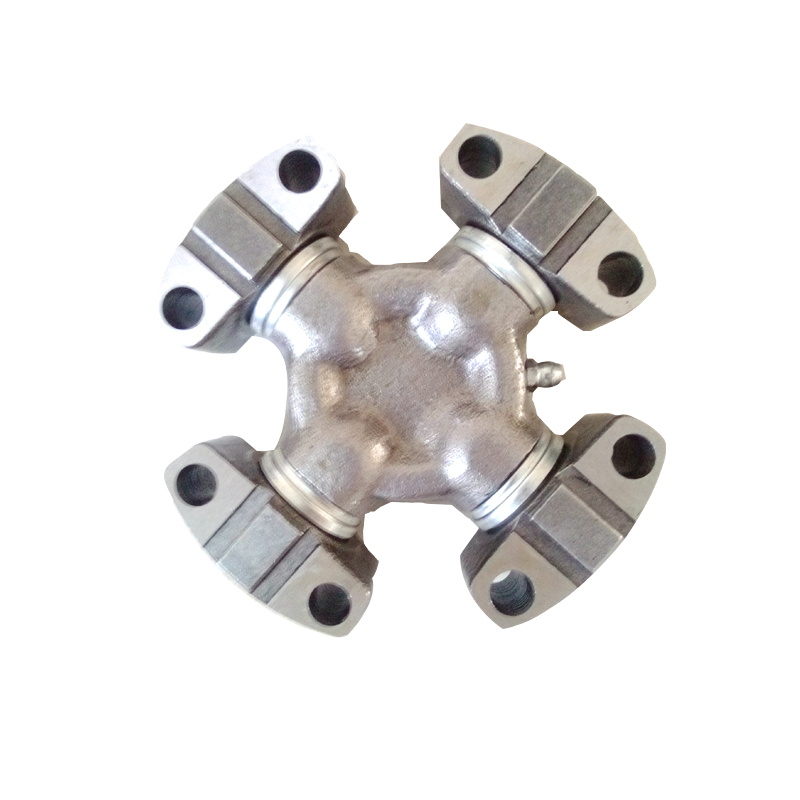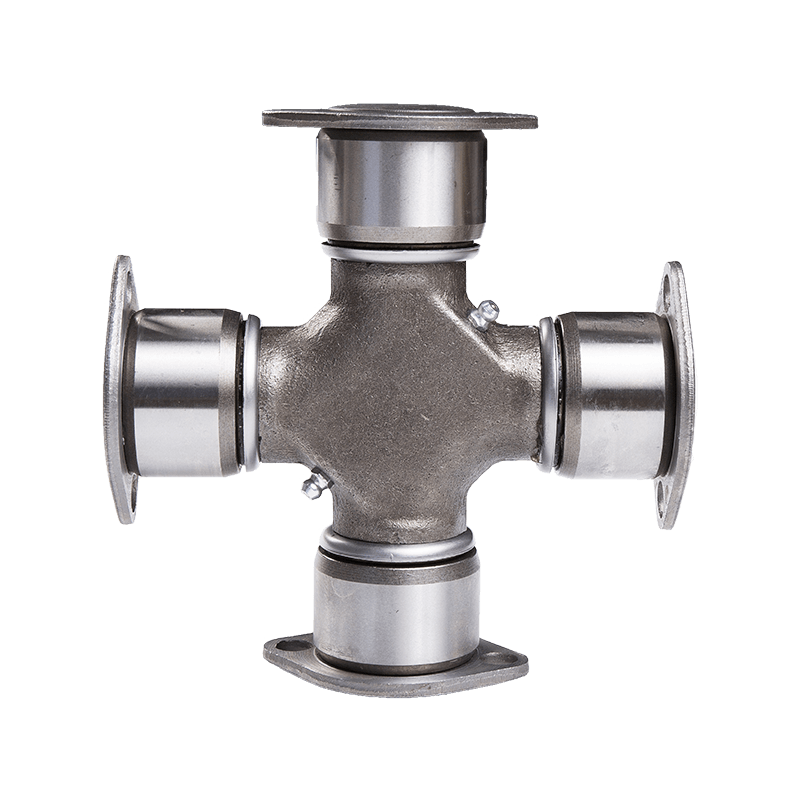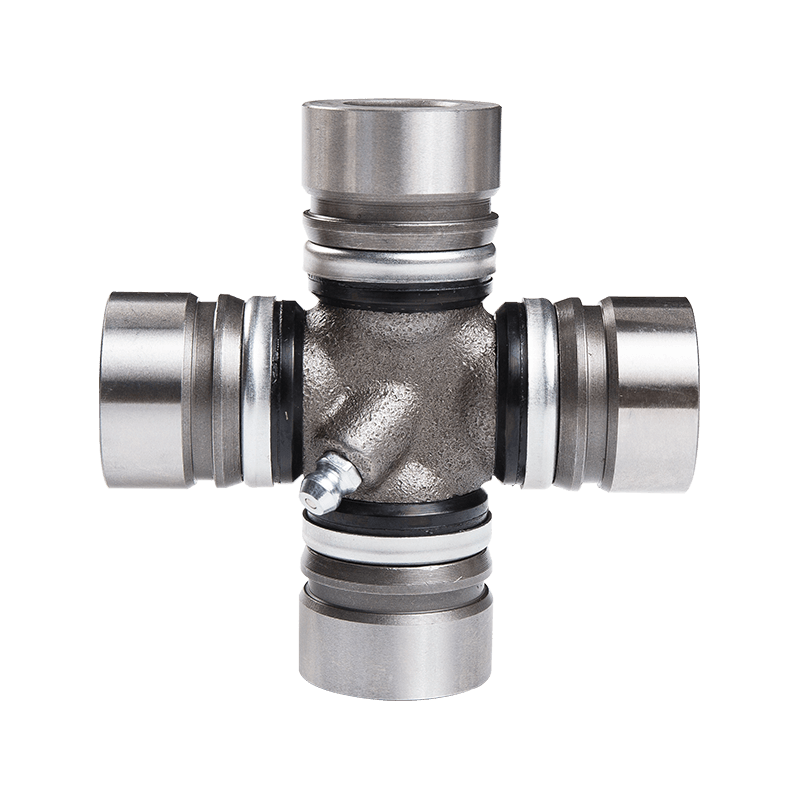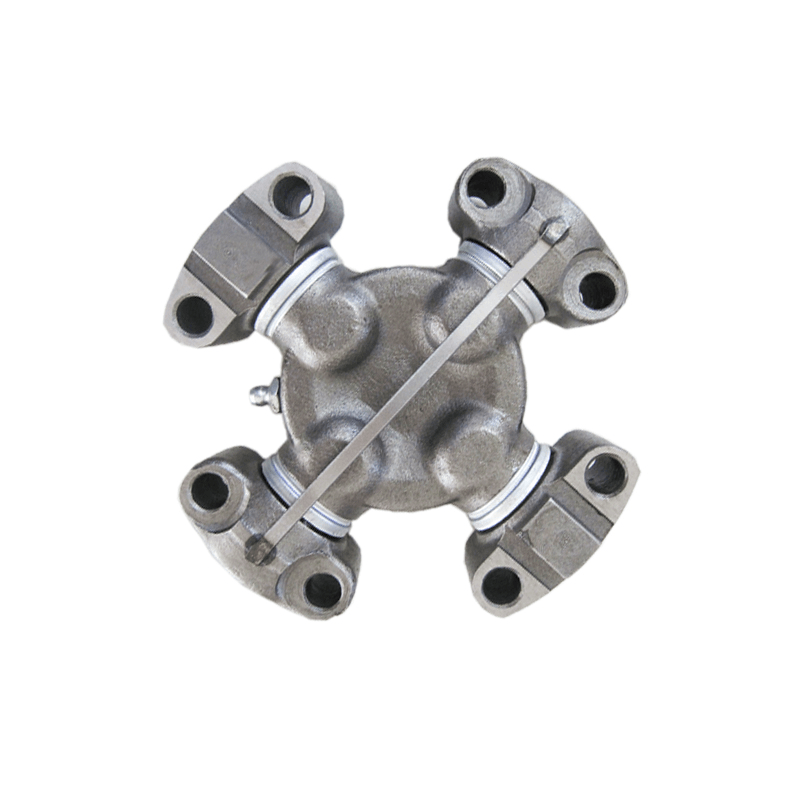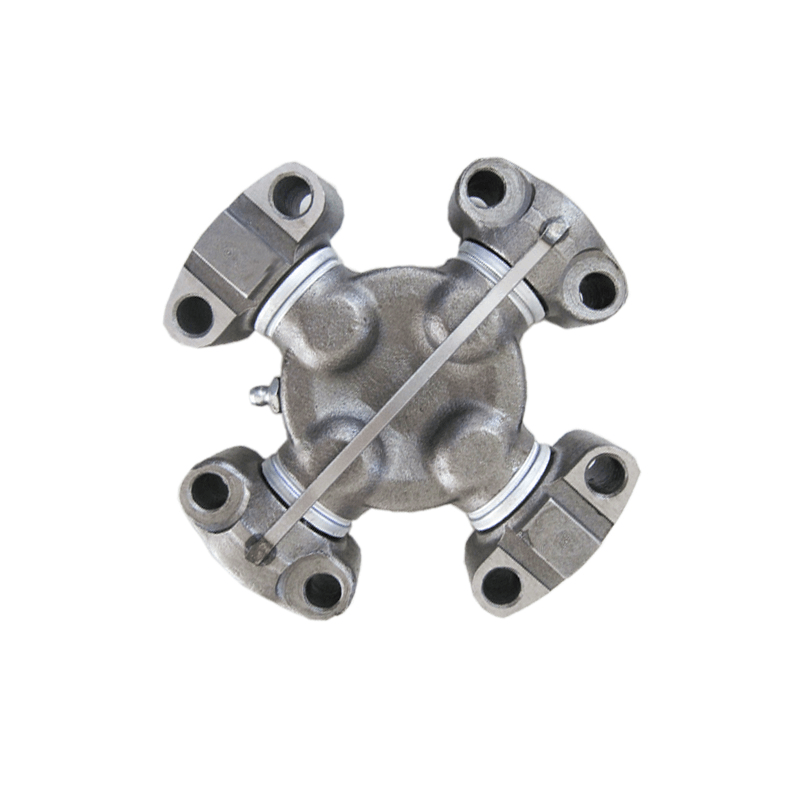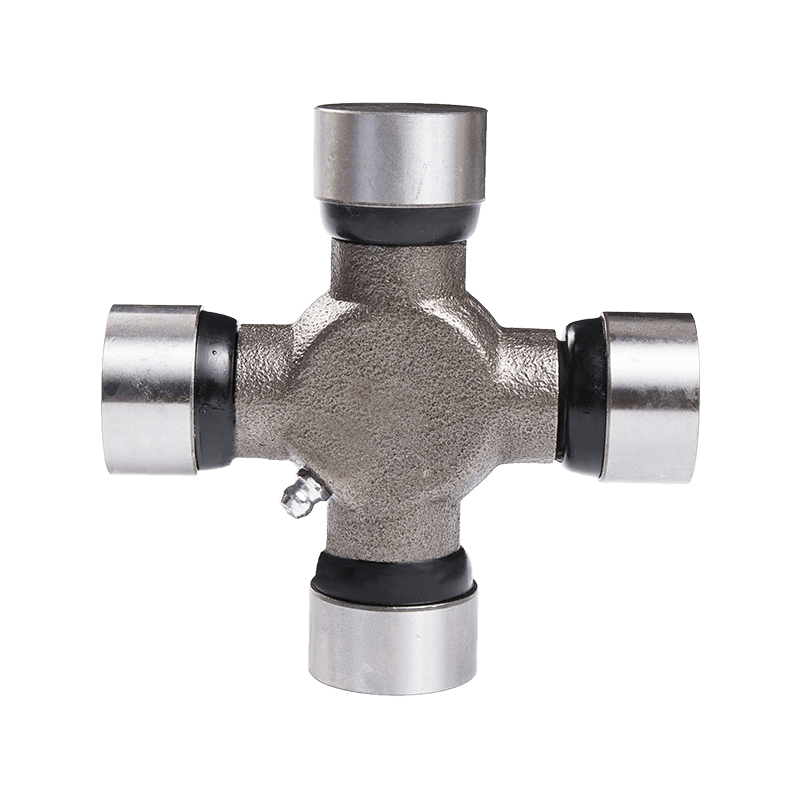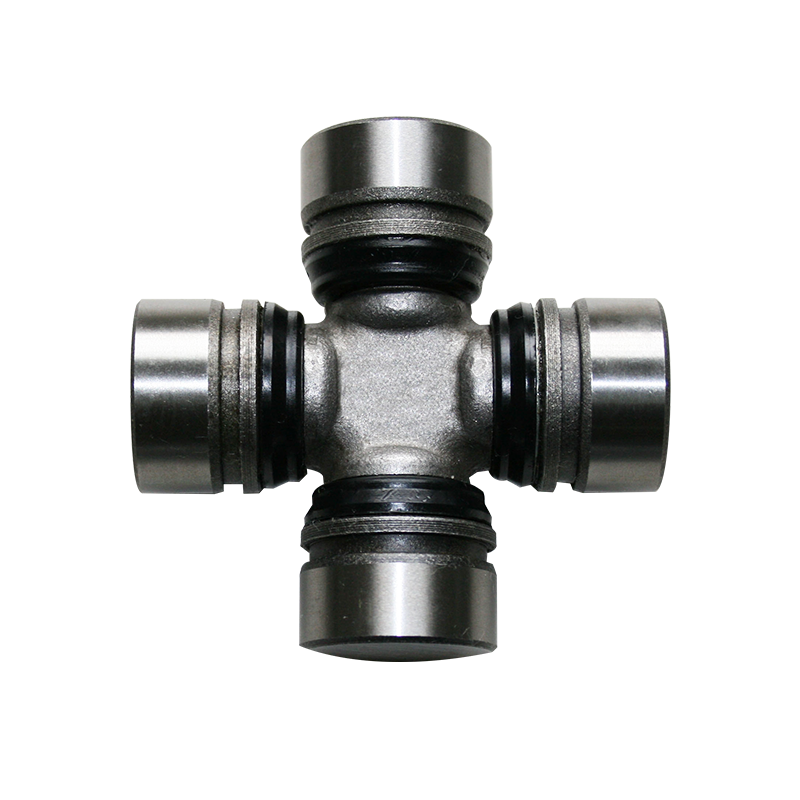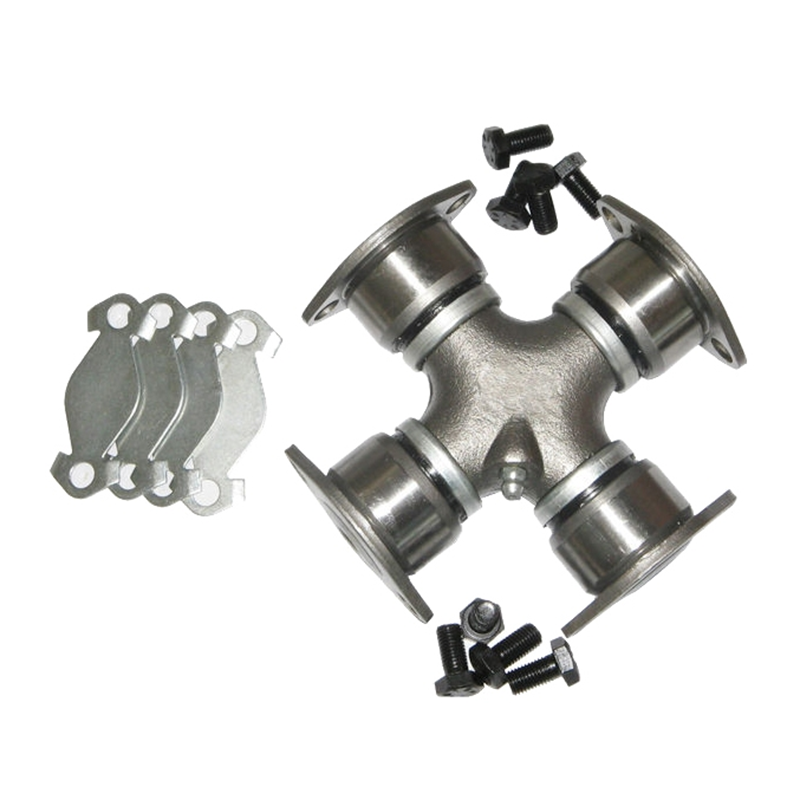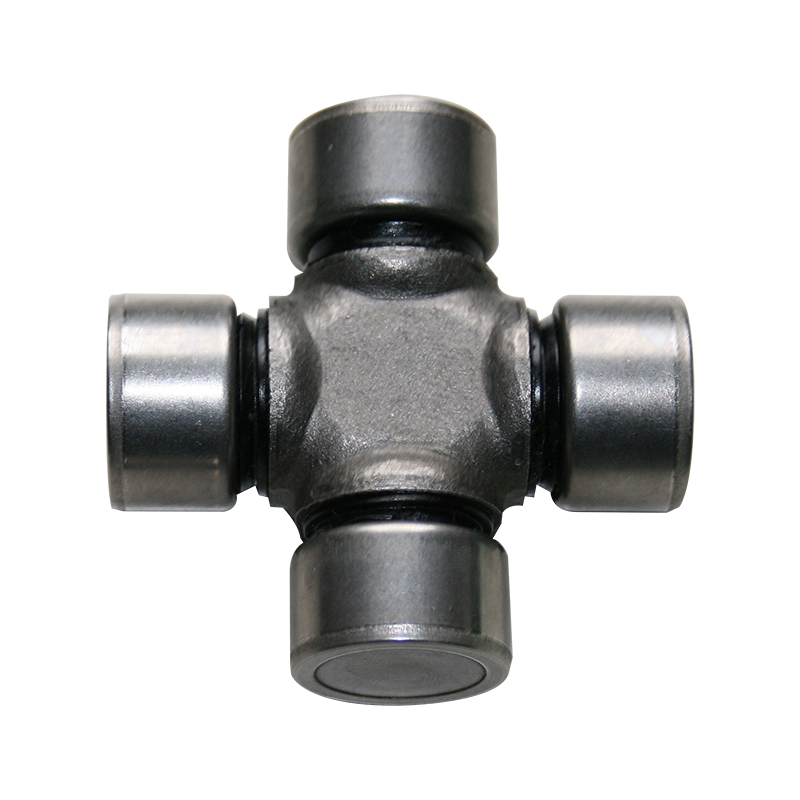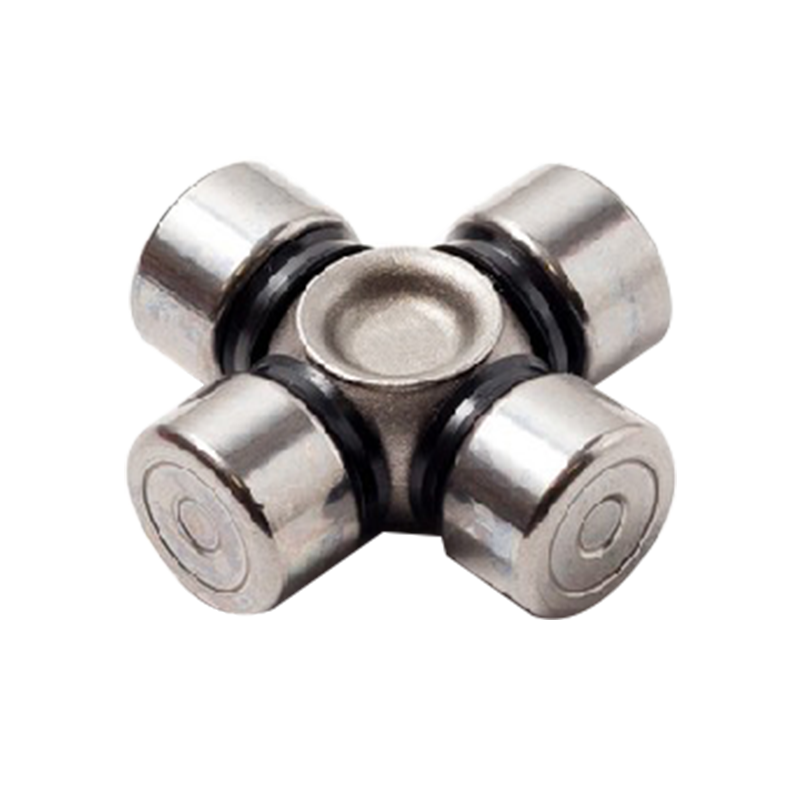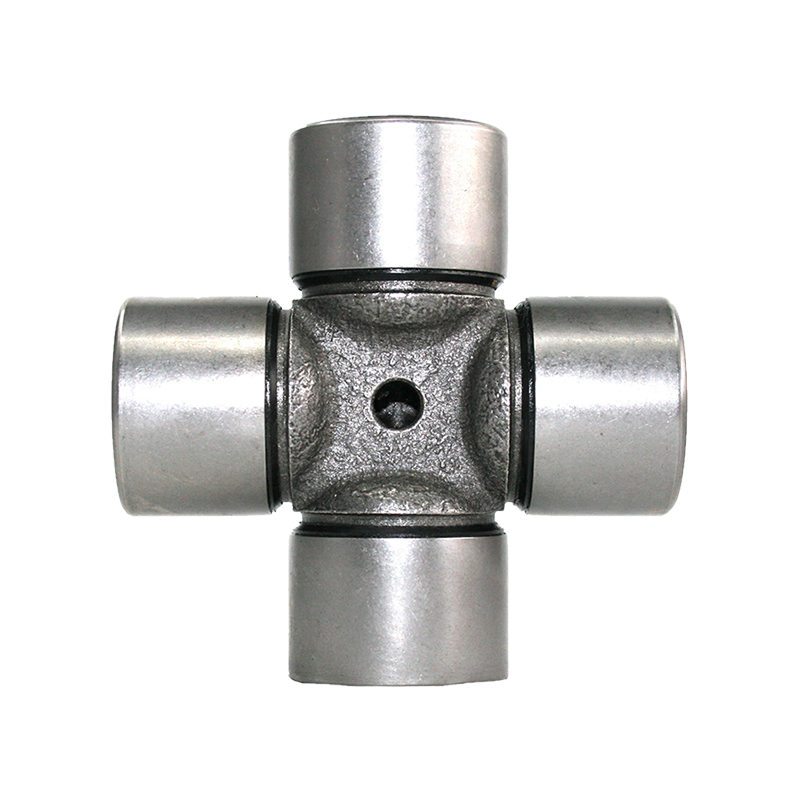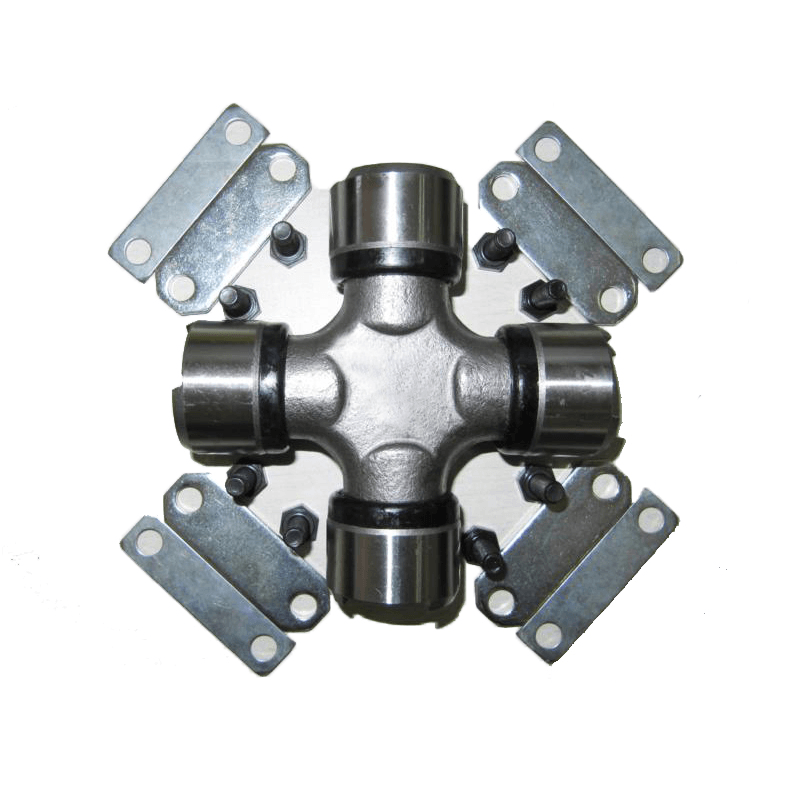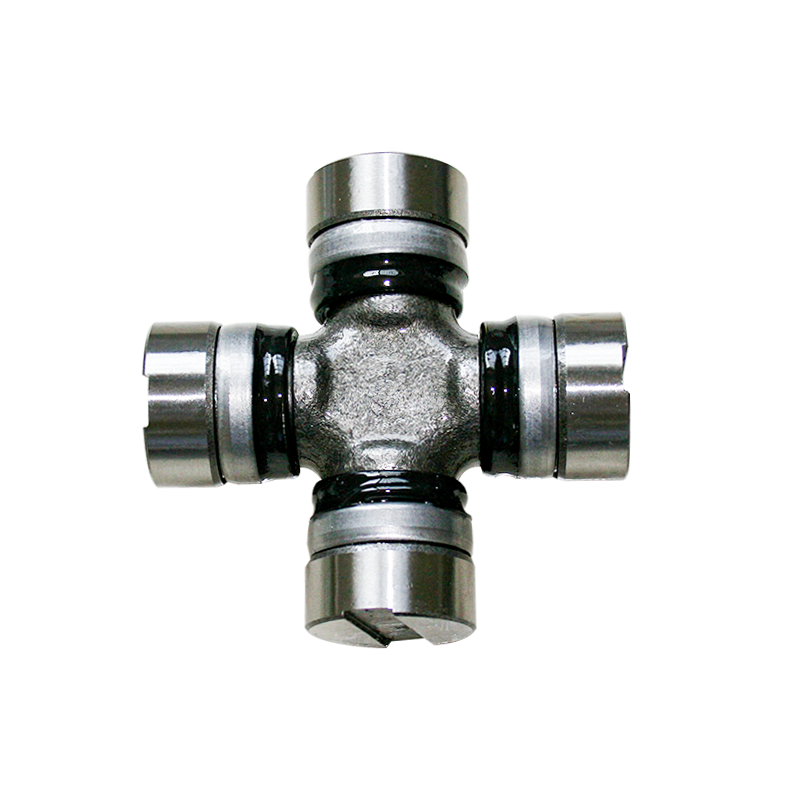What is the specific function of wing bearings in Universal Joint With Wing Bearings 6C 4HWD/5-6106X, SPICER Replacement?
Alignment and Support: Wing bearings help align and support the moving components within the universal joint, such as the connection between the yoke and the cross or spider. They aid in maintaining the necessary positioning and support for the connected shafts.
Torque Transmission: They facilitate the transfer of torque between connected shafts by supporting rotational movement. This allows for effective power transmission and rotation between the shafts.
Misalignment Compensation: Wing bearings are designed to accommodate a certain degree of misalignment between the connected shafts. This ability to handle misalignment ensures that the joint can function effectively even when the shafts are not perfectly aligned.
Flexibility and Articulation: These bearings provide the necessary flexibility and articulation for the joint's movement, allowing it to adapt to changes in angles and movement between the connected shafts.
Reduction of Friction: They play a role in reducing friction between the moving parts within the joint, supporting smoother movement and efficient power transfer.
Maintenance of Structural Integrity: Wing bearings aid in maintaining the structural integrity of the joint, preventing excessive stress on its components and promoting durability.
How do Universal Joint With Wing Bearings 6C 4HWD/5-6106X, SPICER Replacement promote torque transfer and flexibility in joints?
Support for Torque Transmission: Wing bearings form a crucial part of the joint assembly, providing a supportive and durable connection between the yoke and the cross or spider. This facilitates the transfer of torque from one shaft to another.
Misalignment Accommodation: Wing bearings are designed to allow for a certain degree of misalignment between connected shafts. They offer flexibility that enables the joint to function effectively even when the shafts are not perfectly aligned, supporting torque transmission despite angular changes.
Articulation and Flexibility: These bearings enable articulation and flexibility in the joint. They permit the connected shafts to pivot and rotate within specified ranges, ensuring smooth and continuous torque transfer, even when the shafts are at different angles.
Friction Reduction: By supporting smoother movement between the connected components, wing bearings help reduce friction within the joint. This reduction in friction supports efficient torque transmission and minimizes wear and tear on the joint's components.
Load Distribution and Resilience: Wing bearings contribute to distributing loads and forces encountered during torque transfer across the joint, preventing excessive stress on specific components. This load distribution enhances the joint's durability and resilience under various operational conditions.
Structural Support and Stability: The bearings maintain the structural integrity of the joint, providing stability and support to ensure consistent and reliable torque transfer over time.

 English
English Español
Español 中文简体
中文简体

